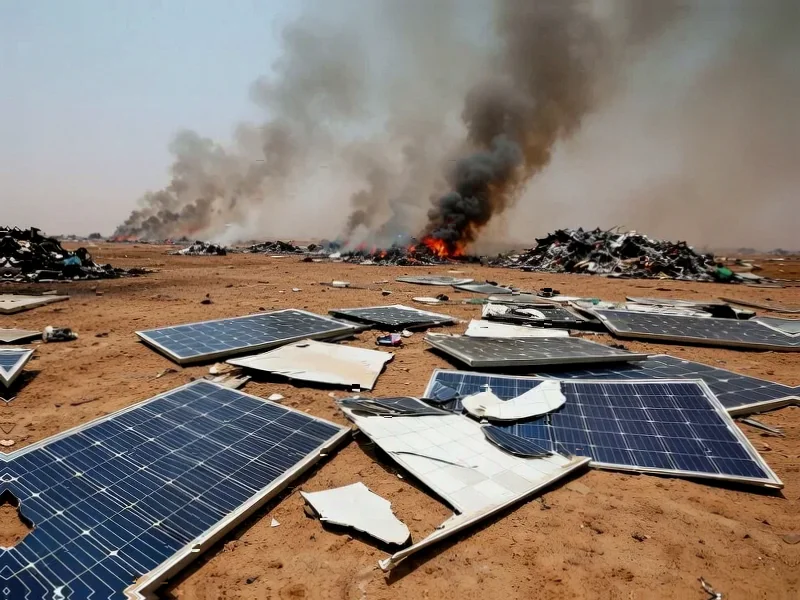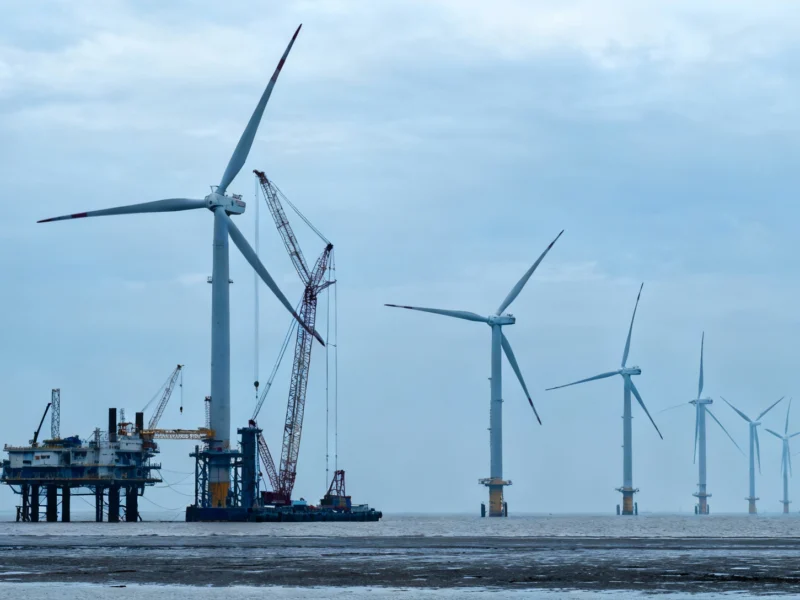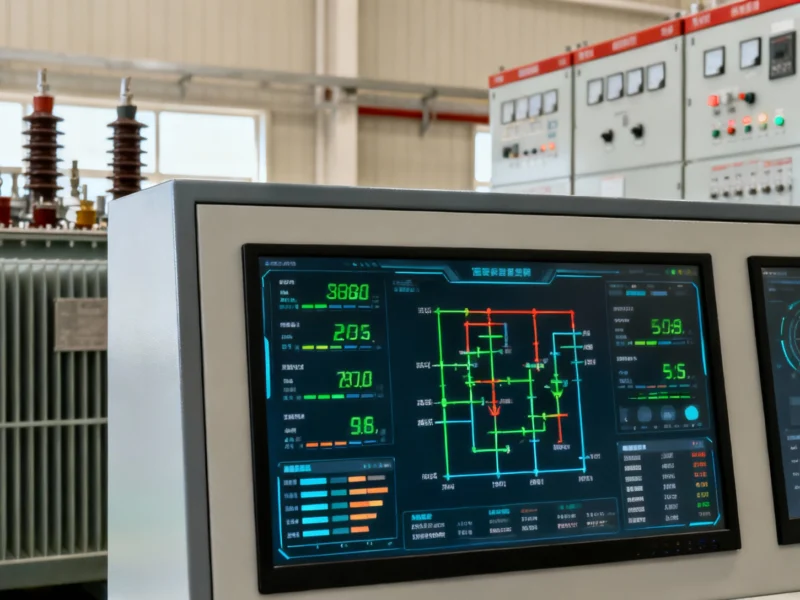According to Sifted, Europe’s energy grid is facing unprecedented strain from the rapid growth of renewable energy, with solar power becoming the EU’s largest electricity source for the first time in June, showing a 22% year-over-year increase according to Ember data. The situation reached crisis levels earlier this year when a grid outage affected over 50 million people across Spain and Portugal, highlighting the consequences of supply-demand mismatches. Startups are attracting significant funding to address these challenges, including UK-based Ionate’s $17 million Series A for real-time grid management technology and Dutch startup tibo’s €6 million raise for local grid software. Meanwhile, energy trading has become increasingly sophisticated, with Denmark emerging as a hub for firms like InCommodities and Hamburg-based Suena energy securing €8 million for algorithmic optimization. This escalating grid crisis signals a fundamental transformation in how we manage and distribute energy.
The Infrastructure Time Bomb
What we’re witnessing is the collision between 21st-century energy production and 20th-century infrastructure. The core problem isn’t renewable energy itself, but rather that our grid was designed for predictable, centralized power generation from fossil fuels and nuclear plants. Solar’s intermittency creates massive volatility that traditional grid management simply cannot handle. The Ember data showing solar’s dominance represents a milestone that arrived years ahead of most projections, catching utilities and regulators flat-footed. This acceleration means we’re facing an infrastructure deficit that will require trillions in investment over the coming decade, not just in new transmission lines but in the digital intelligence to manage them.
The Algorithmic Trading Revolution
The emergence of Denmark as an energy trading hub reflects a deeper transformation in energy markets. Traditional energy trading relied on macroeconomic factors and supply chain intelligence, but modern algorithmic trading incorporates hyper-local weather patterns, real-time grid congestion data, and even satellite imagery of cloud cover. Firms like InCommodities aren’t just speculators—they’re essentially providing market-based grid balancing services that traditional operators struggle to deliver. However, this shift toward automated trading creates new systemic risks that regulators are only beginning to understand. The Dutch regulator’s concerns about volatility and transparency point to a broader regulatory challenge: how to harness the efficiency of algorithmic trading while preventing flash crashes and market manipulation in critical infrastructure.
The Inevitable March Toward Decentralization
The most profound implication lies in the fundamental restructuring of energy systems from centralized to decentralized models. Startups like tibo represent the vanguard of a movement toward local energy communities and microgrids that can operate semi-independently from the main grid. This isn’t just about resilience—it’s about creating more efficient energy ecosystems where production and consumption can be balanced at the neighborhood level. We’re heading toward a future where your electric vehicle, home battery, and solar panels become assets that can participate in energy markets through automated trading platforms. The real-time detection technology being developed by companies like Ionate will become the nervous system of this decentralized grid, enabling millions of distributed assets to coordinate seamlessly.
The Coming Regulatory Reckoning
As algorithmic trading and decentralized energy grow, regulators face their most significant challenge since electricity market liberalization. Current market structures and regulatory frameworks were designed for an era of predictable, centralized generation. They’re fundamentally incompatible with the volatility and decentralization that renewables introduce. We’re likely to see intense regulatory battles over who bears the costs of grid upgrades, how to ensure fair market access for small participants, and what safeguards are needed for algorithm-driven markets. The Netherlands Authority for Consumers and Markets’ report is just the opening salvo in what will become a global debate about the rules governing our energy future.
The $2 Trillion Modernization Opportunity
Behind the grid warnings lies one of the largest infrastructure investment opportunities of our generation. The transition from a passive grid to an intelligent, responsive system will require upgrades at every level—from high-voltage transmission to neighborhood transformers to home energy management systems. Venture capital flowing into companies like Suena energy and Ionate represents just the tip of the iceberg. The real capital requirements will come from utilities, infrastructure funds, and public-private partnerships. This isn’t merely about preventing blackouts—it’s about building the platform for a decarbonized economy where energy is cheaper, more reliable, and accessible to all.




